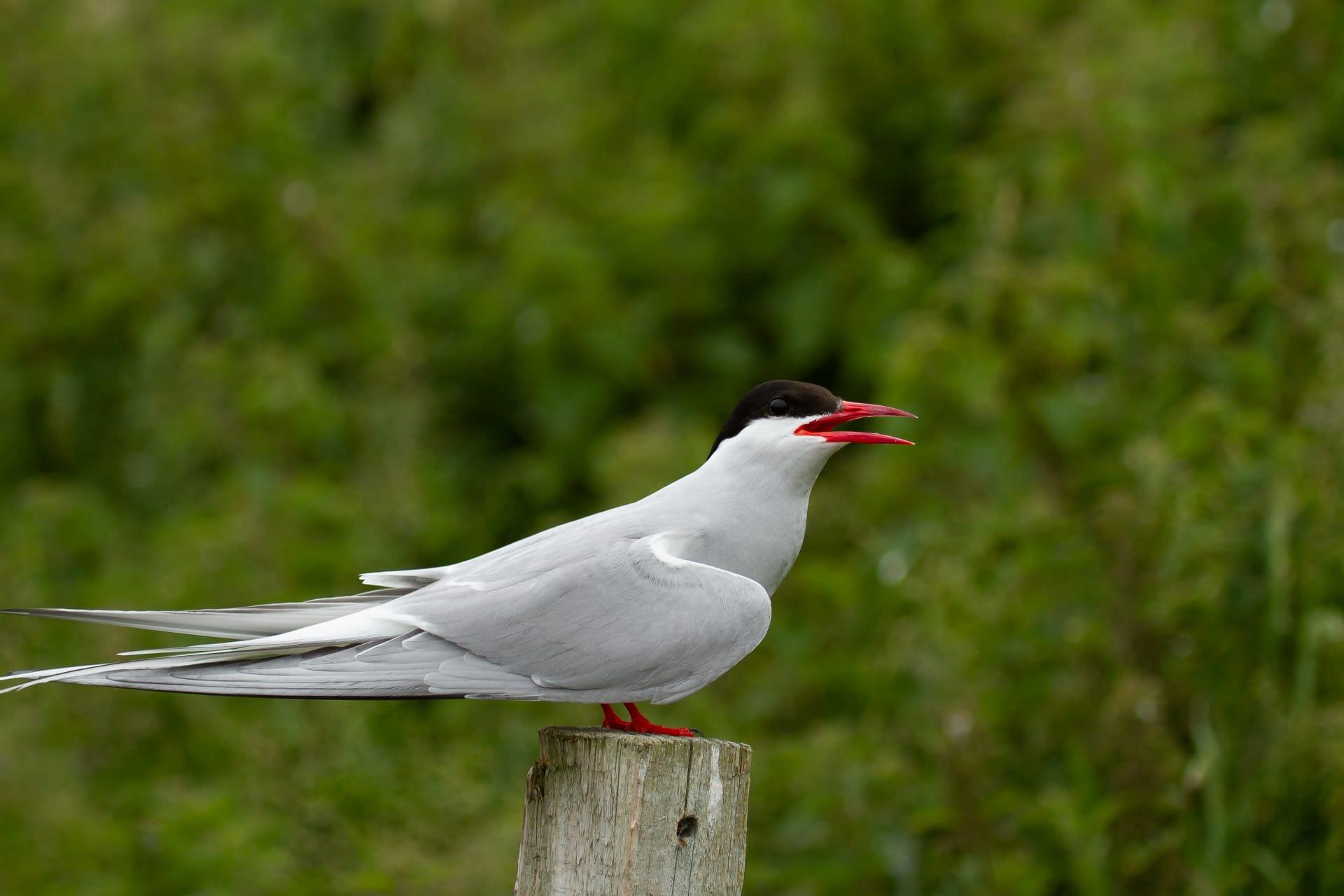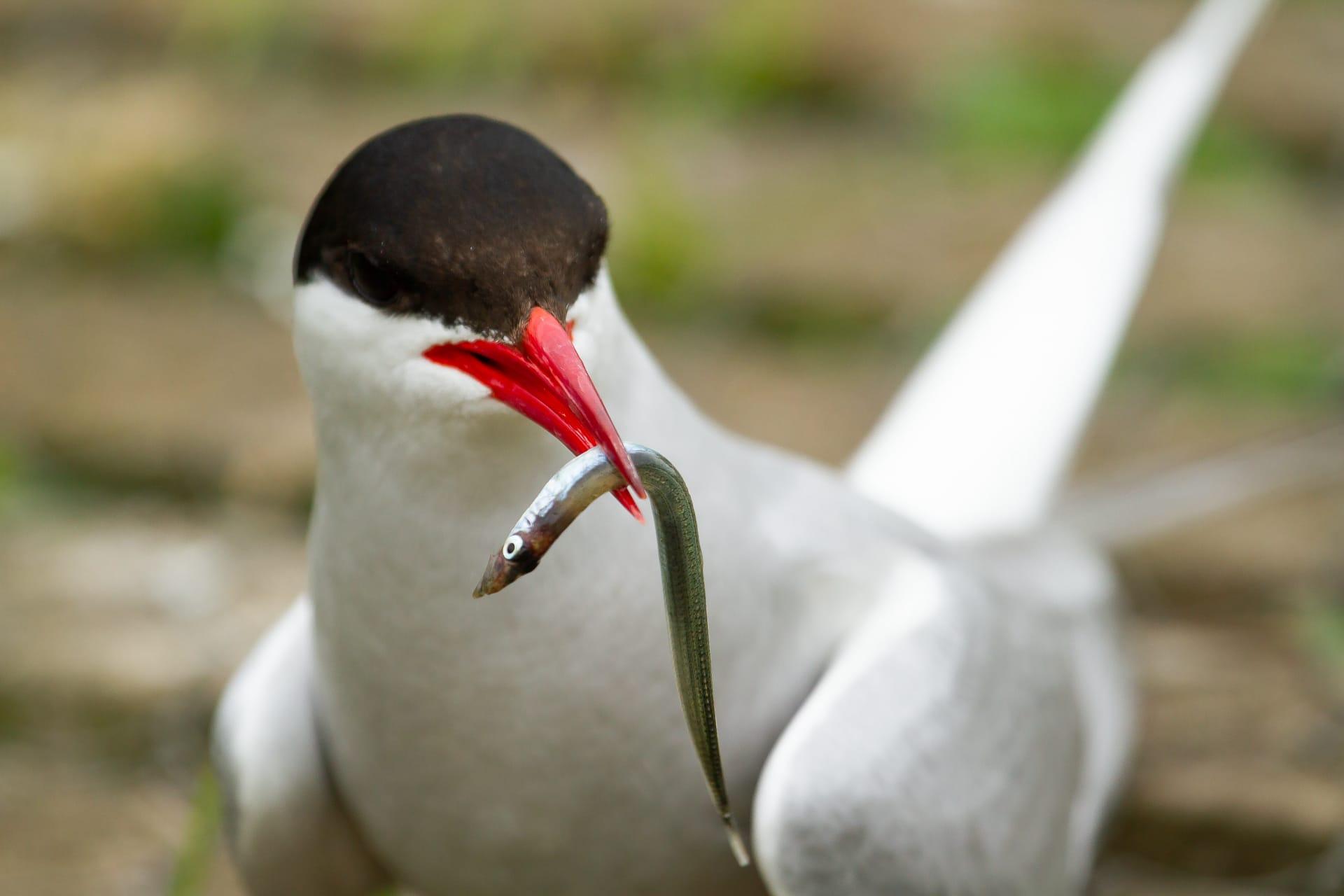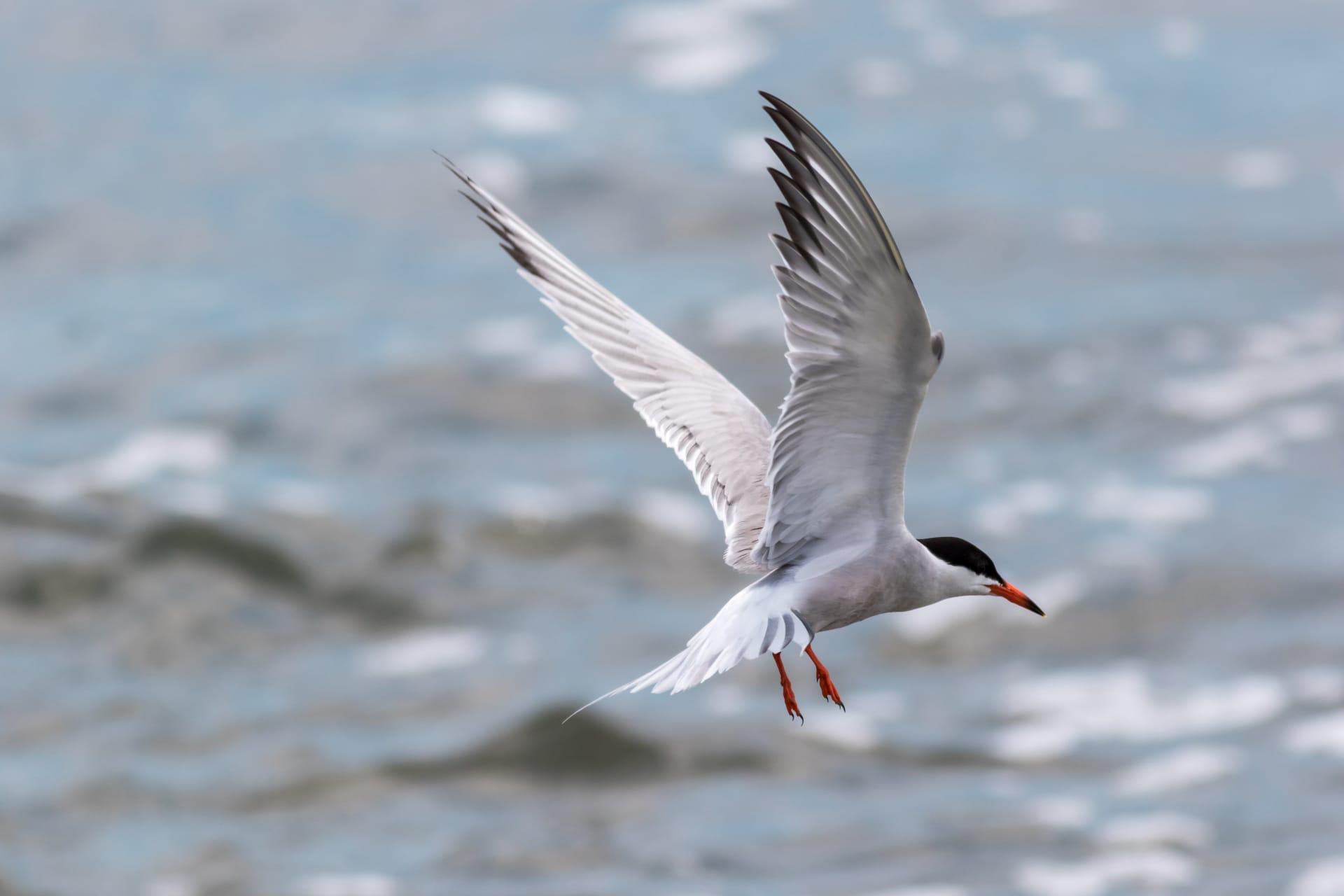Arctic Tern
- Home /
- Mini Encyclopedia /
- Animal /
- Arctic Tern
1
The Arctic Tern, known scientifically as Sterna paradisaea, belongs to the family Laridae, which includes gulls, terns, and skimmers. This slender bird, characterized by its sharp bill, forked tail, and graceful flight, has grey and white plumage. It's fascinating to note that the Arctic Tern has the longest migration of any animal, traveling about 25,000 miles annually.
As for distribution, the Arctic Tern has a circumpolar breeding distribution covering the Arctic and sub-Arctic regions of Europe, Asia, and North America. They are long-distance migrants, wintering in the Antarctic waters. This remarkable journey means they see two summers each year and more daylight than any other creature on the planet. They are found in a variety of coastal habitats, ranging from sandy beaches to rocky cliffs.

2
Question: Do Arctic Terns migrate because of temperature changes?
Answer: A common misconception is that Arctic Terns migrate primarily due to changes in temperature. While temperature plays a role, the primary reason for their migration is to exploit the abundant food resources available in polar regions during the summer. In the Arctic summer, they enjoy a feast of small fish and marine invertebrates, and then they travel to the Antarctic summer for similar reasons. This continuous pursuit of summer allows them to maximize feeding opportunities and daylight hours, crucial for raising their young and sustaining themselves.

3
The Arctic Tern's survival strategy is heavily reliant on its remarkable migration. This journey allows them to exploit the rich food resources of the polar regions during their respective summers. Their diet mainly consists of fish and small marine invertebrates, which they catch by skillful aerial dives.
Reproductively, they nest in colonies on sandy or rocky shores. The Arctic Tern is known for being fiercely protective of its nest and young. They lay one to three eggs, and both parents share the responsibility of incubation and feeding the chicks. Their social structure during breeding and migratory periods plays a crucial role in their survival, offering protection and increased efficiency in finding food.

4
In the ecosystem, the Arctic Tern plays a significant role as a predator of small marine animals. By feeding on fish and invertebrates, they help maintain a balanced marine food web. This predatory role is crucial in controlling the populations of their prey, thus contributing to the ecological equilibrium of their habitat.
Furthermore, the Arctic Tern acts as an indicator species for climate change and ocean health. Their migration patterns and breeding success are directly affected by changes in marine ecosystems and climate. Therefore, monitoring their populations can provide valuable insights into environmental changes and the health of marine ecosystems globally.

5
Film: "Winged Migration" (2001), a French documentary, showcases the incredible journeys of migratory birds, including the Arctic Tern. This film presents breathtaking footage of the tern's long journey from the Arctic to the Antarctic, highlighting the challenges and beauty of bird migration.
Book: "Life on the Wing: A Bird Chronicle From the Pages of The Times" (UK, 2004) by Derwent May includes fascinating insights into the lives of various birds, including the Arctic Tern. This collection of articles provides a unique perspective on the behavior and migration of these remarkable birds.
Book: "The Long Flight Home" (USA, 2014) by Alan Hlad, is a novel inspired by the extraordinary migration of the Arctic Tern. This fictional story weaves historical events with the life cycle of the tern, offering an engaging and imaginative take on this bird's epic journey.